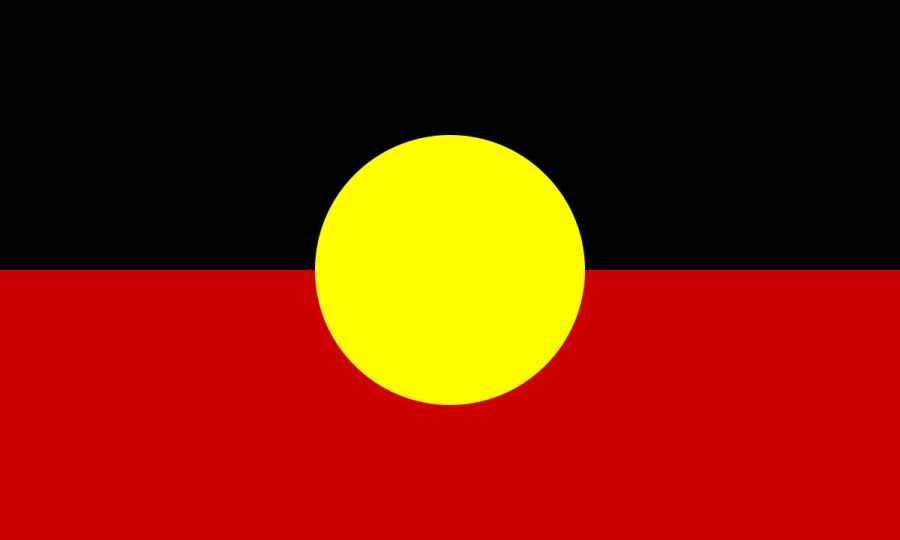By Alastair Grieg, Frank Lewins & Kevin White Cambridge University Press 2003 ISBN 0-5215244-3
Inequality in Australia is a well-written college sociology textbook that explores, with an impressive eye to detail, the changing nature of inequality in modern industrial Australia. The authors adopt an innovative approach to the task at hand, linking theoretical approaches, individual experiences, and empirical evidence. They skillfully blend Australian material with the latest developments in scholarship, applying their “model” to three broad domains—the body, the self, and politics. This division determines the book’s three parts.
One of the principle reasons for the authors’ choice of such a format is the desire to explode the myths associated with domains that continue to be treated as isolated topics of intellectual inquiry. There is the myth of the body—that it consists of material processes independent of social life. Then there is the myth of the self—that it is free, autonomous, and independent of social constraints. And last of all there is the myth of politics—that there has been a widening of participation in the political process. All three myths, the authors contend, deflect attention away from the true nature of inequality in Australia.
Each of the 10 chapters presents, in tantalizing fashion, concise answers to five key questions: (1) Does inequality exist in a particular setting? (2) What is the nature of that inequality? (3) What are the factors producing it? (4) What are the factors maintaining it? (5) What are the effects of that inequality? In Chapter Two, the authors criticize the view that we construct our biographies, our bodies and our genders. This view overlooks a wide range of life events that limit our capacity to alter the body or our experience of it. In following chapters, the links between social deprivation, class, sickness and disease, and inequality in gendered, aged, and disabled bodies are investigated.
Particularly fascinating is the section on multiculturalism and nation-building. The scholarly content touches on a wide range of topics, from the now discredited White Australia policy, to the limited range of life opportunities for migrants. The lot of Aborigines and Torres Strait Islanders is a subject that continues to divide the nation. The text contains a particularly powerful analysis of the inequality that results when a people are unable to define legitimate social knowledge about themselves. In the last section on politics, the text focuses entirely on the history of inequality in Australia as seen through the lens of the national myths of egalitarianism and mateship.
The meaning of national identity, and consequently of one’s sense of belonging or exclusion, lies at the heart of many contentious Australian political controversies. The authors explore this topic with vigor, describing Australia’s relationship with its colonial heritage, and the contemporary relevance of looking to the United Kingdom as an indicator of Australian cultural aspirations. The debate over the meaning of “Australian” is hard-fought, and the authors discuss this topic from all angles—from that of workers and unionists, to those of employers and politicians. Australia’s changing relationship with the world—and in particular Asia—and the absorption of overseas cultural influences within the majority culture, makes for engrossing reading.
Australians are faced with the overwhelmingly complex task of building a post-racist, post-colonial society. Inequality in Australia argues that in order to understand the new inequalities that have arisen since the 1970s as a consequence of globalization, a new critical perspective is required. The authors’ approach allows for the notions of class, gender, and ethnicity to be seen through the lens of the body, the self, and politics, and makes a substantial contribution to our understanding of a complex subject matter.
Suitable and highly recommended for undergraduates, this textbook contains review questions, a critical further reading guide, summaries of key terms and concepts, and boxed studies throughout.

